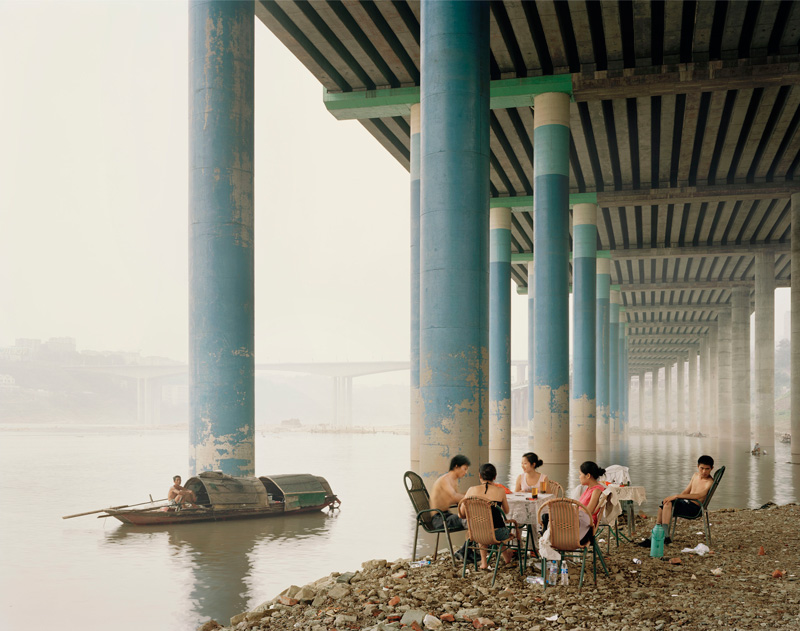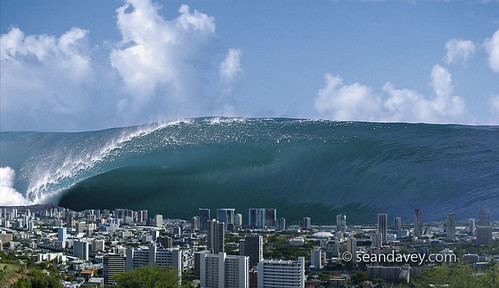by Amanda Doyle
He taught us the physics behind flight, mechanisms in an eyeball, and layers of the atmosphere (all accompanied by pop music parodies), but now, Bill Nye the Science Guy tackles a much more difficult issue… climate change. An advocate himself, Bill makes frequent appearances at universities and conventions, and on news broadcasts addressing this modern concern. In February 2010, soon after a blizzard crippled Washington D.C., Bill spoke on MSNBC as a guest of Rachel Maddow. Many disbelieving politicians utilized the blizzard to debunk the theory of global warming; however, Bill explained that climate change may have been the driving force that created the catastrophic storm. Accustomed to educating an elementary audience Bill provided a clear and concise explanation of climate change, one both students and elders alike could understand and appreciate.
Bill Nye Science Guy on Rachel Maddow Talking About Climate Change
msnbc, “Bill Nye Science Guy on Rachel Maddow Talking About Climate Change,” Youtube video, http://www.youtube.com/watch?v=sm05Mcah0i8 (accessed October 1,2011).
First, Bill clarifies that global warming was the initial term to address this phenomenon but since global warming created numerous misconceptions the current accepted expression is climate change. He continues to explain that more energy is being trapped within Earth’s atmosphere and all of this energy is “stirring things up.” Consequently, the world is warming leading to more intense phenomena, such as El Niño, which has a profound effect on weather in North America. When Sea Surface Temperatures (SSTs) increase during El Niño more energy is released into the atmosphere making conditions more turbulent and resulting in extreme weather that can range from extreme drought, excessive rain, and even atypical snowstorms.
Lastly, Bill states that disbelievers of climate change are “unpatriotic,” and he reminds us that the Intergovernmental Panel on Climate Change received a Nobel Prize for their extensive research that brought to light this phenomenon, which will remain a heated topic of debate for years to come.








 This is the official website of the
This is the official website of the  A tsunami is a series of ocean waves generated by sudden displacements in the sea floor, landslides, or volcanic activity. In the deep ocean, the tsunami wave may only be a few inches high. The tsunami wave may come gently ashore or may increase in height to become a fast moving wall of turbulent water several meters high. The National Oceanic and Atmospheric Administration (NOAA) has the primary responsibility of providing warnings but also carries out research and observations as well. On their website they educate on why tsunami’s occur, how to prevent them, what to do when one happens, information on past global tsunami’s, as well as photos and interactive demonstrations of the oceanic beasts.
A tsunami is a series of ocean waves generated by sudden displacements in the sea floor, landslides, or volcanic activity. In the deep ocean, the tsunami wave may only be a few inches high. The tsunami wave may come gently ashore or may increase in height to become a fast moving wall of turbulent water several meters high. The National Oceanic and Atmospheric Administration (NOAA) has the primary responsibility of providing warnings but also carries out research and observations as well. On their website they educate on why tsunami’s occur, how to prevent them, what to do when one happens, information on past global tsunami’s, as well as photos and interactive demonstrations of the oceanic beasts.